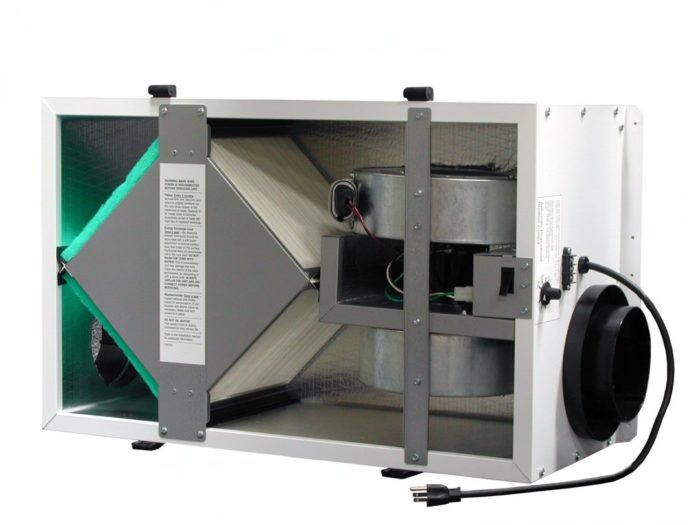Proper ventilation is crucial for maintaining a healthy and comfortable indoor environment. It helps remove pollutants, control temperature and humidity, and replenish fresh air. In this blog post, we will delve into the three basic types of ventilation systems: natural ventilation, mechanical ventilation, and hybrid ventilation. We will explore their features, benefits, and applications, providing you with valuable insights to make informed decisions for your specific needs.
- Natural Ventilation:
Natural ventilation utilizes natural forces, such as wind and buoyancy, to circulate air within a space. It relies on openings like windows, doors, and vents to allow fresh air in and stale air out. This type of ventilation is cost-effective, energy-efficient, and environmentally friendly. It is commonly found in residential buildings, schools, and offices. However, its effectiveness depends on factors like building design, climate, and occupant behavior. - Mechanical Ventilation:
Mechanical ventilation involves the use of mechanical systems, such as fans and ducts, to control and distribute airflow. It provides consistent and controlled ventilation, regardless of external conditions. There are several subtypes of mechanical ventilation, including exhaust ventilation, supply ventilation, and balanced ventilation.
- Exhaust Ventilation: This system removes stale air from a space, typically through exhaust fans placed in areas prone to moisture and pollutants, such as kitchens and bathrooms. It creates negative pressure, drawing in fresh air from outside through unintentional openings.
- Supply Ventilation: Supply ventilation introduces fresh air into a space through mechanical means, such as fans or air handlers. It pressurizes the building, forcing out stale air through unintentional openings. This system is commonly used in commercial buildings and homes with tightly sealed envelopes.
- Balanced Ventilation: Balanced ventilation combines both exhaust and supply ventilation systems to maintain a balanced airflow. It ensures a controlled exchange of fresh and stale air, providing better indoor air quality and energy efficiency. Heat recovery ventilators (HRVs) and energy recovery ventilators (ERVs) are often incorporated into balanced ventilation systems to recover heat or coolness from the outgoing air.
- Hybrid Ventilation:
Hybrid ventilation integrates natural and mechanical ventilation strategies to optimize airflow based on external conditions. It combines the advantages of both systems, offering flexibility and energy efficiency. Hybrid ventilation systems often utilize sensors and controls to automatically switch between natural and mechanical modes, depending on factors like temperature, humidity, and air quality. This type of ventilation is commonly found in large commercial buildings, educational institutions, and industrial facilities.
Conclusion:
Understanding the three basic types of ventilation systems – natural ventilation, mechanical ventilation, and hybrid ventilation – is essential for creating a healthy and comfortable indoor environment. Each system has its own advantages and applications, and the choice depends on factors such as building design, climate, and specific requirements. By considering these factors and consulting with professionals, you can select the most suitable ventilation system to ensure optimal indoor air quality and enhance overall well-being.
About Author
You may also like
-
Why Is an EI Transformer Core Still the Go-To Choice for Modern Power Applications?
-
The research team uses optical fiber temperature measurement technology to achieve real-time monitoring in high temperature environments
-
What is the working principle behind absolute hollow shaft encoders that makes them essential for precision applications?
-
What Is a Grain Packing Machine? Functions, Features, and Benefits
-
Maintenance Tips to Maximize the Lifespan of Your Single Screw Air Compressor

